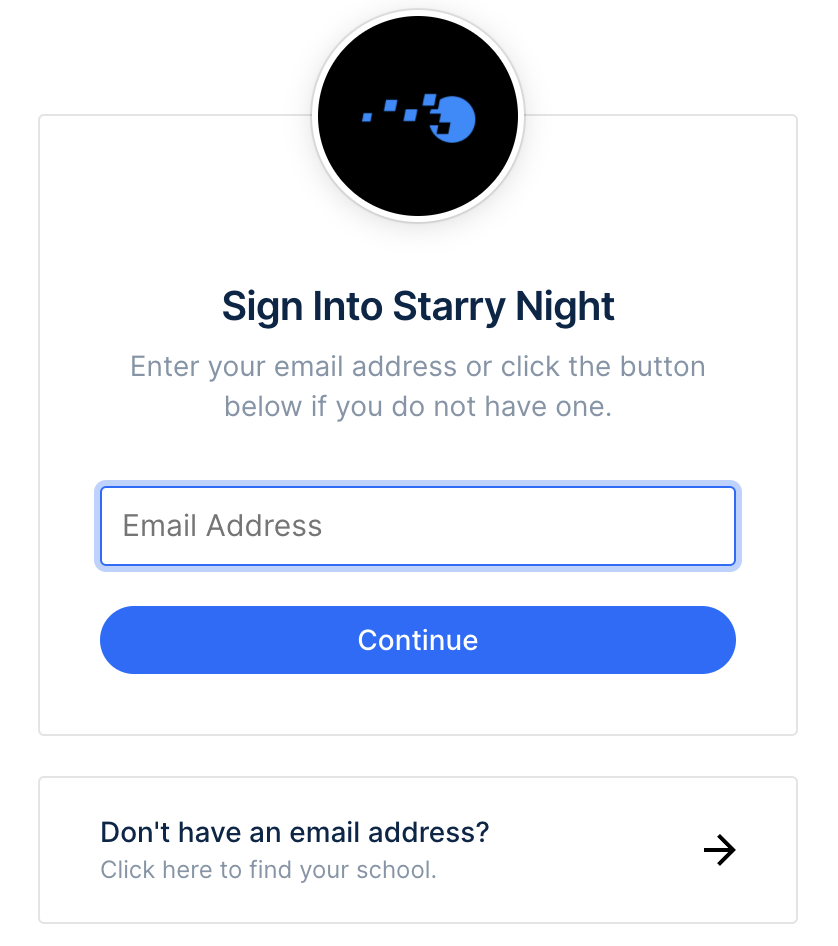Autumn is the favorite season for many skywatchers. You can get your last look at summer stars and, if you stay up late, your first look at winter stars. Best of all, it gets dark earlier and the night temperatures are still comfortable.
Our graphic this week shows a panorama of the sky looking south around 8 p.m., just after the sky becomes fully dark. After the change to standard time this weekend, this will be the view at around 7 p.m.
Looking towards the west, at the right in the graphic, you can see the familiar constellations of summer. Sagittarius and the core of the Milky Way Galaxy are setting in the southwest, while the summer triangle: Deneb, Vega, and Altair, shines overhead.
It’s not too late to revisit some of the popular summer objects: double stars Albireo and Epsilon Lyrae, the globular clusters in Hercules and Ophiuchus, the Ring Nebula in Lyra, and the bright nebulae and clusters of Sagittarius.
Looking south, the upside down triangle of Capricornus rides high. Its rightmost star, Algedi, is a naked-eye double. Above Capricornus, just to the left of Altair, is the tiny constellation Delphinus, the dolphin, one of the few constellations that actually looks like its name. It’s worth exploring the region between Altair and Albireo, where you will find two of the finest deep sky objects: Brocchi’s Cluster, popularly called “the coat hanger,” and the Dumbbell Nebula, one of the largest and brightest planetary nebulae.
Many of the constellations in the autumn sky have watery associations. These include Capricornus (the sea goat), Delphinus (the dolphin), Aquarius (the water bearer), Pisces (the fish, plural), Piscis Australis (the southern fish, singular), and Cetus (the whale). Most of these are lacking in bright stars, with the exception of Pisces Australis which contains the first magnitude star Fomalhaut, the first star to have one of its planets directly imaged by the Hubble Space Telescope.
Although Aquarius is dim in terms of stars, it contains a number of fine deep sky objects, including the globular cluster Messier 2, and two fine planetary nebulae, the small bright Saturn Nebula snd the huge Helix Nebula. The latter is probably the planetary nebula closest to the sun, about 700 light years distant, and as a result is very large in size, almost as large as the moon. Because of its large angular size, its light is spread out over a wide area, making it very hard to see. You will need a narrow band filter on your telescope to spot it.
Off to the east, the Square of Pegasus dominates the sky. This consists of three stars in Pegasus with the fourth corner of the square being marked by Alpheratz, the brightest star in the constellation Andromeda, which trails away to the northeast.
Right in the upper left corner of the graphic are the two largest and brightest galaxies in our neighborhood, the Andromeda Galaxy and the Triangulum Galaxy. These are located symmetrically on either side of the second pair of stars eastward from Alpheratz in Andromeda.
The Andromeda Galaxy (to the north) is large and bright. If you live in a city, you will need binoculars to see it, but sharp-eyed observers in the country, including myself, have spotted it with their unaided eyes. The Triangulum Galaxy is almost as large, but nowhere near as bright as Andromeda. It is best seen in small binoculars. Oddly, it is very hard to see in the narrow field of a telescope because its dim light is spread across such a large area.
Finally, in the northeast you can see the first of the winter stars, the bright star Capella in Auriga and the brilliant Pleiades Cluster in Taurus. Soon Orion will arrive in the east, in the words of Robert Frost:
You know Orion always comes up sideways.
Throwing a leg up over our fence of mountains,
And rising on his hands, he looks in on me…
Stay up until midnight, and you will see him, too.



